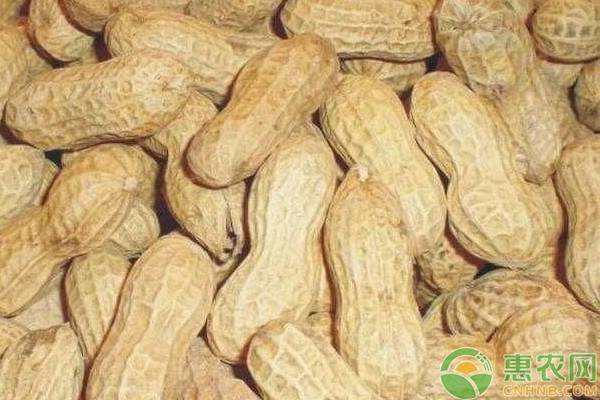High-efficiency interplanting cultivation technology of peanut and vegetables
Many people do not want to waste land resources, they will plant the next crop while planting a crop, that is, the intercropping rotation mode. Today we are going to learn about the efficient cultivation techniques of peanuts and vegetables.

First, crop arrangements and planting specifications
Crop arrangement: peanut (cover film spring sowing), tomato (intercropping in peanuts, or cabbage), Chinese cabbage (planted after peanut harvest);
Planting specifications: Peanut ridge planting, ridge distance 85 cm, 2 rows per ridge. The small row spacing is 30 cm, the large row spacing is 55 cm, and the pitch is 16 cm. The tomato is transplanted in a large row of peanuts, with a plant spacing of 30 cm and a cabbage of 667 square meters of 2083 plants.

Second, choose the right variety
Peanuts use special early-maturing high-yield large peanuts "Ping degree 204", tomatoes use early-maturing high-yield varieties 72-69, and Chinese cabbages use late-maturing high-yield varieties 83-24.
Third, the whole good land, the application of fertilizer
With this cultivation method, it is necessary to select a fertile land with hydration conditions. It is best to carry out deep winter ploughing or deep ploughing years ago, the depth is to break the "plow bottom" degree, and combined with winter ploughing to apply some soil fertilizer. In the early spring, after the soil is frozen, the ridge is preserved early, and then the ridge is ridged. The 667 square meters are concentrated in the application of 4000-5000 kg of soil-fertilizer, 20-30 kg of ammonium carbonate, 30-40 kg of phosphate fertilizer, and 10-15 kg of potassium fertilizer.

Fourth, staged sowing, fine management
Peanuts are sown in early April. First, they are separated by a narrow groove of about 3 cm at a distance of 30 cm on the ridge. When the sensation is poor, watering is required. Then, seeding at a distance of 16 cm is used. The seeds of the buds were then planted with 0.5 kg of "812" fertilizer. Finally, the soil is stepped on, and the surface is covered. Spray acetochlor on the face and cover the mulch. About 8 days after sowing, 3 cm thick soil was pressed on the mulching film to facilitate the emergence of peanuts. After the seedlings, the ridges are clarified to expose the peanut cotyledons to the membrane surface. In the needle-down period of peanuts, even the titanium is sprayed twice to obtain fertilizer, with an interval of 10 to 12 days. About 35 days after the initial flowering, a 1500×10-6 paclobutrazol solution was sprayed on the leaf surface.
After mid-July, if it rains, spray 400-600 times of the mancozeb solution after the rain. Tomatoes can be planted in Yangshuo in the middle and late February, and seedlings will be planted in late March. In mid-April, soil will be transplanted into the peanut line. Watering should be done in time after planting, and timely drafting should be carried out. When the second inflorescence of the tomato grows 2 true leaves, the top of the heart is beaten, leaving only 2 inflorescences per plant, leaving 2 to 3 fruits per inflorescence. After you hit the top, pay attention to erasing the side buds in time. When the fruit begins to expand, 667 square meters is topdressed with 10 kilograms of urea and watered. In late June, the tomatoes will mature. If the peanuts are harvested at the end of July or early August and sold as fresh fruit, then the cabbage can be broadcast after the peanuts are harvested (also spinach). If the peanuts are harvested after normal maturity, the cabbage seedlings should be bred in early August, and the cabbage seedlings should be transplanted in the field before and after August 25. The planting density and management of Chinese cabbage is the same as that of pure Chinese cabbage.
For the wonderful pictures and popular comments on the efficient interplanting techniques of peanuts and vegetables, you may be interested in the following recommended contents. Welcome to read.
Bottled cooking wine is a type of wine that is specifically made for cooking purposes. It is different from regular wine that is consumed for drinking. Cooking wine is usually made from low-quality grapes and is fortified with salt and other preservatives to extend its shelf life. It also has a higher acidity level than regular wine, which makes it suitable for cooking.
Glass Bottle Cooking Wine,Removing Fishy Cooking Liquor,Flavoring Cooking Alcohol,Rice Liquor for Cooking
Zhejiang Shengta Shaoxing Wine Co., Ltd. , https://www.shaoxingyellowricewine.com